Retro Replay Review
Gameplay
Front Lines offers a deeply tactical wargame experience set in a plausible near-future conflict. Players take command of combined arms forces—infantry in powered armor, hover-capable tanks, and unmanned aerial strike craft—across varied European terrain. Each mission challenges you to balance offensive thrusts, defensive strongpoints, and critical supply lines, all under the pressure of a ticking clock and clearly defined objectives.
(HEY YOU!! We hope you enjoy! We try not to run ads. So basically, this is a very expensive hobby running this site. Please consider joining us for updates, forums, and more. Network w/ us to make some cash or friends while retro gaming, and you can win some free retro games for posting. Okay, carry on 👍)
The core loop revolves around capturing key objectives while denying the enemy its own goals, earning victory points for every successful maneuver. You must weigh the strengths and weaknesses of modern laser weaponry against conventional ballistics, or deploy artillery with pinpoint accuracy. The inclusion of a time limit per battle adds an extra layer of urgency, forcing split-second decisions and risk-versus-reward calculations.
Whether you prefer going solo against an AI in single-player mode or testing your mettle against a human opponent via direct modem link, Front Lines delivers. The head-to-head feature brings genuine tension, as each decision can tip the balance. Paired with a robust two-player mode, it extends replayability far beyond the campaign, encouraging experimentation with different force compositions and battlefield strategies.
One of Front Lines’ strongest points is the authentic representation of Europe’s geography. From the strategic chokepoint of the Fulda Gap to river crossings and urban centers, the terrain influences line-of-sight, movement costs, and defensive bonuses. This forces players to adapt their tactics to forests, hills, and open plains, rather than rely on rote approaches—rewarding those who learn to exploit natural features for flanking and ambushes.
Graphics
Though Front Lines debuted in an era before high-definition polygonal 3D, its top-down, sprite-based visuals remain clear and functional. Unit icons are distinct—each vehicle model, powered armor suit, and aircraft type is visually recognizable, which helps when you’re juggling multiple engagements. Animations for movement, firing sequences, and explosions are smooth enough to keep you informed of the battlefield’s shifting dynamics.
The terrain tiles—forests, hills, urban blocks—are detailed with enough variation to distinguish cover from open ground. Subtle shading and color contrasts highlight ownership zones and victory point locations, giving the map a polished look. Even in low-light or snow-themed missions, visibility cues remain intuitive, ensuring you never lose sight of your front lines.
Unit feedback is handled well: laser beams, muzzle flashes, and artillery shells leave visible trails that help you track exchanges across the map. Special effects, like dust clouds kicked up by hover tanks or the glow of powered armor, add immersion without overwhelming the screen. Though modest by today’s standards, the graphics strike a fine balance between clarity and atmosphere.
The user interface is straightforward and responsive. Key commands—issuing movement orders, setting waypoints, toggling overlays—are accessible via hotkeys or a concise toolbar. If anything, the interface’s simplicity is an asset, letting both newcomers and veterans spend more time planning tactics and less time wrestling with menus.
Story
Front Lines unfolds in a tangibly near-future scenario, offering two perspectives: the U.S. forces locked in 2020, and the German contingents engaged in 2044. This dual-timeline approach provides contrasting views on how technology, politics, and corporate influence have reshaped European security. Briefings and mission debriefs flesh out the context, delivering a narrative that motivates each engagement.
The antagonist isn’t a traditional nation-state, but a powerful corporate conglomerate bent on regional dominance. This twist elevates the storyline by blending military authenticity with commentary on privatized warfare. As you progress, you uncover hints of backroom deals, sabotage plots, and the human cost of high-tech conflict—details that give weight to every ordered advance or forced retreat.
Characterization is primarily mission-driven rather than dialogue-rich, but you still grow attached to veteran units and serial commanders whose fates hinge on your tactical acumen. The sense of progression—from small skirmishes to large-scale offensives—mirrors a campaign narrative arc, ensuring the story never feels like a random succession of battles.
Environmental storytelling also plays a role: ruined villages, scorched forests, and white-knuckle sieges in snowy passes reinforce the mood. Although Front Lines isn’t a cinematic RPG, its stripped-down narrative focuses on plausible geopolitical tensions, making it easy for strategy enthusiasts to buy into the “what-if” premise.
Overall Experience
Front Lines stands out as a thoughtful, replayable tactical wargame that combines futuristic tech with time-tested strategic principles. The blend of powered armor units, laser weaponry, and hover-capable vehicles offers fresh tactical dilemmas, while the European theater provides a familiar yet compelling backdrop. Every engagement feels meaningful, with the terrain and time constraints keeping the pace brisk.
Multiplayer adds significant value, turning what could be a solitary exercise into a competitive showcase of wits. Modern players might need to emulate modem play or use virtual LAN tools, but the thrill of outsmarting a human opponent remains undiminished. The single-player AI also provides a steady challenge, scaling well across difficulty settings.
Some elements show their age—there’s no dynamic weather system or destructible environments—but the core gameplay loop remains solid. The user interface and graphics hold up thanks to their clarity and efficiency, which is vital in a tactically dense title. You won’t be dazzled by visual spectacle, but you will appreciate how easy it is to focus on map control and resource management.
Ultimately, Front Lines delivers a satisfying blend of strategic depth and near-future flavor. It rewards careful planning, adaptive tactics, and an appreciation for realistic European terrain. For fans of turn-based war simulations who value substance over flash, it’s a title well worth investigating.
 Retro Replay Retro Replay gaming reviews, news, emulation, geek stuff and more!
Retro Replay Retro Replay gaming reviews, news, emulation, geek stuff and more!
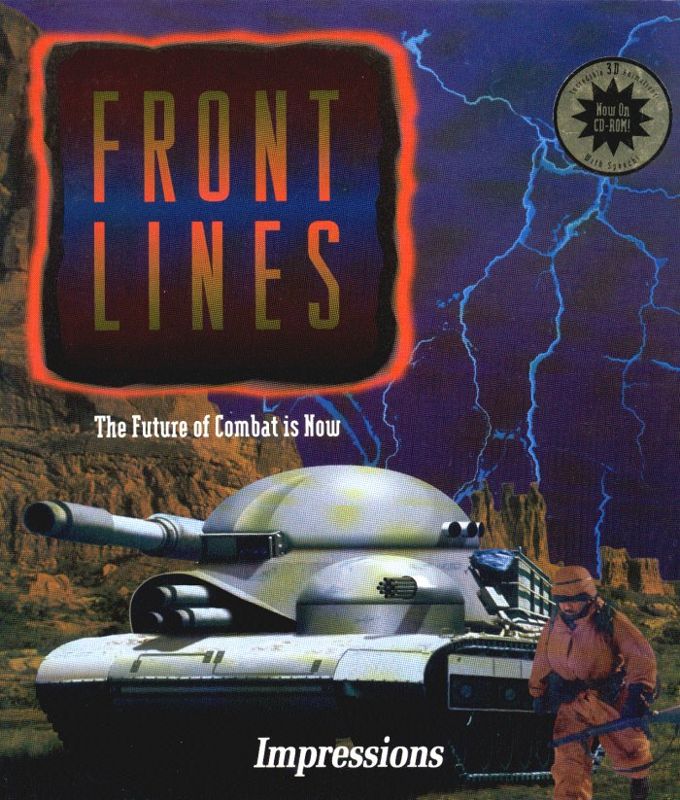
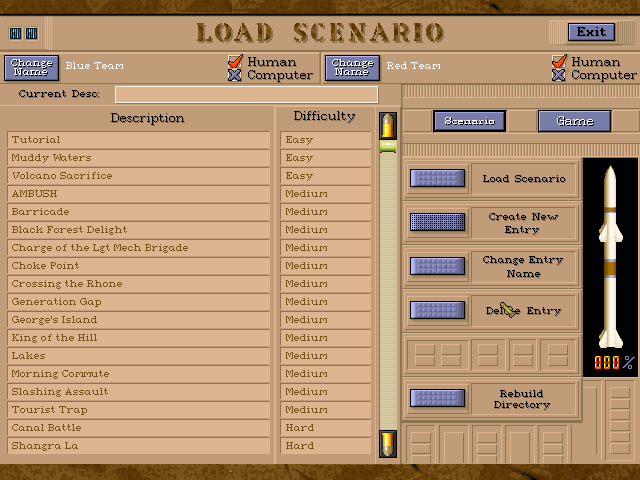

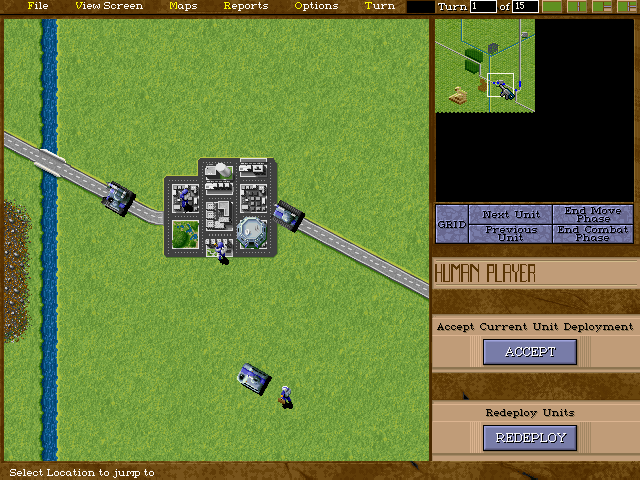
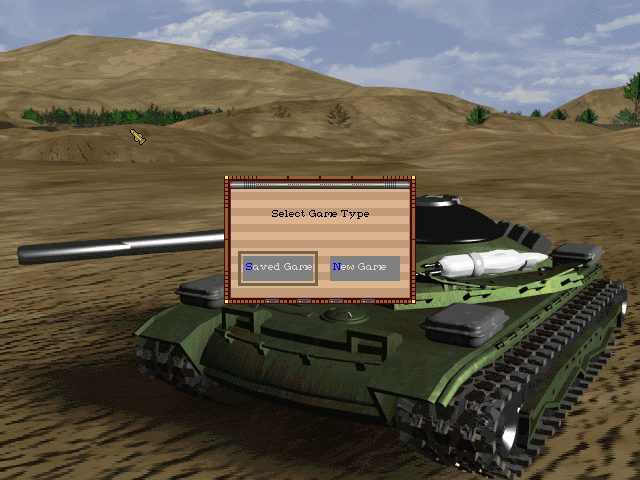
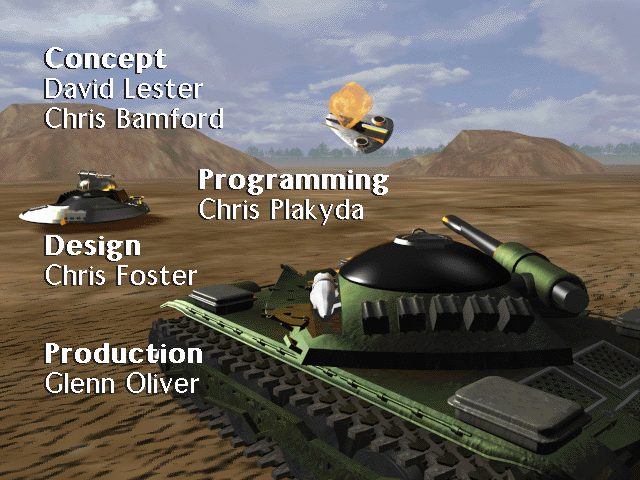
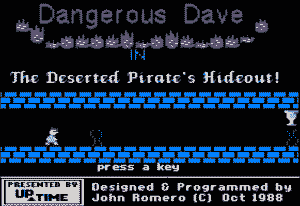


Reviews
There are no reviews yet.